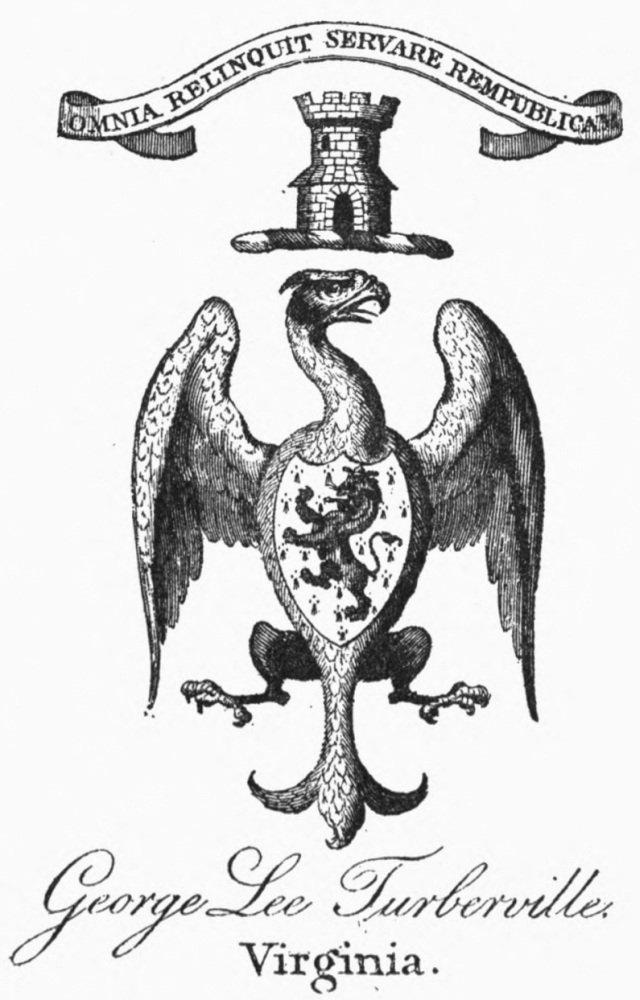Spate of great bookplate
Ex Libris
When I moved my abode from house to boat a year ago, one of the most difficult decisions was how do “rationalise” a lifetime’s collection of books down to the few I would keep in the confined spaces of my vessel. I read everyday and most of what I read now sits in a Kindle – the book as an object, while still loved, has no place here.  Imagine the days when (only if you were well off, of course) you employed an engraver make up your own distinctive bookplate for pasting into each of your best books. Bookplates started with the stiff imagery of family heraldry and with books generally being large and valuable, a indicator of whose book it was, was needed. Family libraries would pass down through generations.
Imagine the days when (only if you were well off, of course) you employed an engraver make up your own distinctive bookplate for pasting into each of your best books. Bookplates started with the stiff imagery of family heraldry and with books generally being large and valuable, a indicator of whose book it was, was needed. Family libraries would pass down through generations.
A BOOK-PLATE, in its simplest expression, is a printed indication of the ownership of a book. It may take the form of the unadorned visiting card, or it may be embellished with heraldic and other designs explanatory of the owner’s name, ancestry, tastes, or predilections. Primarily, however, it is intended to fix ownership.
How best shall the collector mark them as his own? He writes his name on the title-page. Ugh! What a vandal’s act! The man who could so disfigure a book deserves to have it taken from him, and his name obliterated. He who could find it in his heart to write on title-pages could surely commit a murder.
An artistic book-plate is the expression in decorative illustration of the proprietor’s tastes, made by an artist who has sympathetically realized the feeling intended.
The Eternal Feminine is a prominent factor in the picture book-plates of the day, and she is showing some tendencies to appear minus her apparel. Question: is it wise and in good taste Of course, to start with, I am quite free to admit that good taste is a movable feast and is much influenced by the point of view. Your taste is good if it agrees with mine; otherwise it is bad taste or no taste.
Excerpts from: BOOK-PLATES of TO-DAY Edited By WILBUR MACEY STONE, NEW YORK, 1902
The very first collector of book-plates as book-plates — for they must have strayed into the collections of prints before this time — was a lady,—a Miss Jenkins of Bath, England, who in 1820 was forming the little group which ultimately became the nucleus of the mammoth collection of over one hundred thousand specimens which Dr. Joseph Jackson Howard now owns.
Excerpt From: Charles Dexter Allen. “Ex Libris: Essays of a Collector, 1896”
I have yet to discover when and why so many ‘ex libris’ bookplates are erotic and or depict female figures intertwined with figures of death [skeleton]. Research continues…

 An artistic book-plate is the expression in decorative illustration of the proprietor’s tastes, made by an artist who has sympathetically realized the feeling intended.
An artistic book-plate is the expression in decorative illustration of the proprietor’s tastes, made by an artist who has sympathetically realized the feeling intended. The very first collector of book-plates as book-plates — for they must have strayed into the collections of prints before this time — was a lady,—a Miss Jenkins of Bath, England, who in 1820 was forming the little group which ultimately became the nucleus of the mammoth collection of over one hundred thousand specimens which Dr. Joseph Jackson Howard now owns.
The very first collector of book-plates as book-plates — for they must have strayed into the collections of prints before this time — was a lady,—a Miss Jenkins of Bath, England, who in 1820 was forming the little group which ultimately became the nucleus of the mammoth collection of over one hundred thousand specimens which Dr. Joseph Jackson Howard now owns.